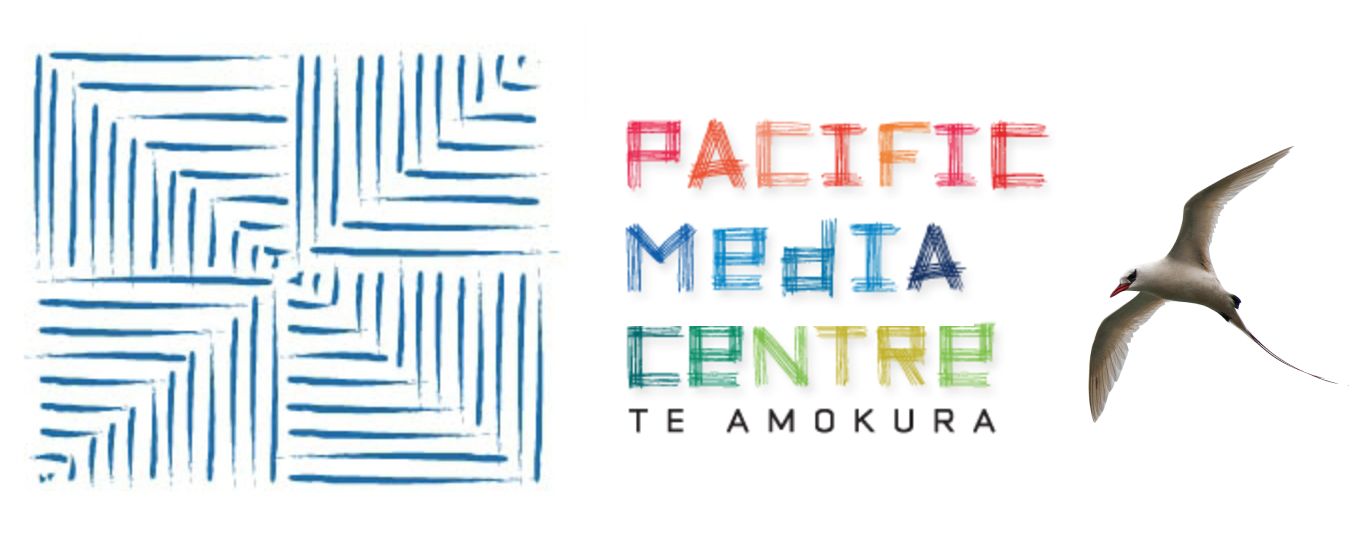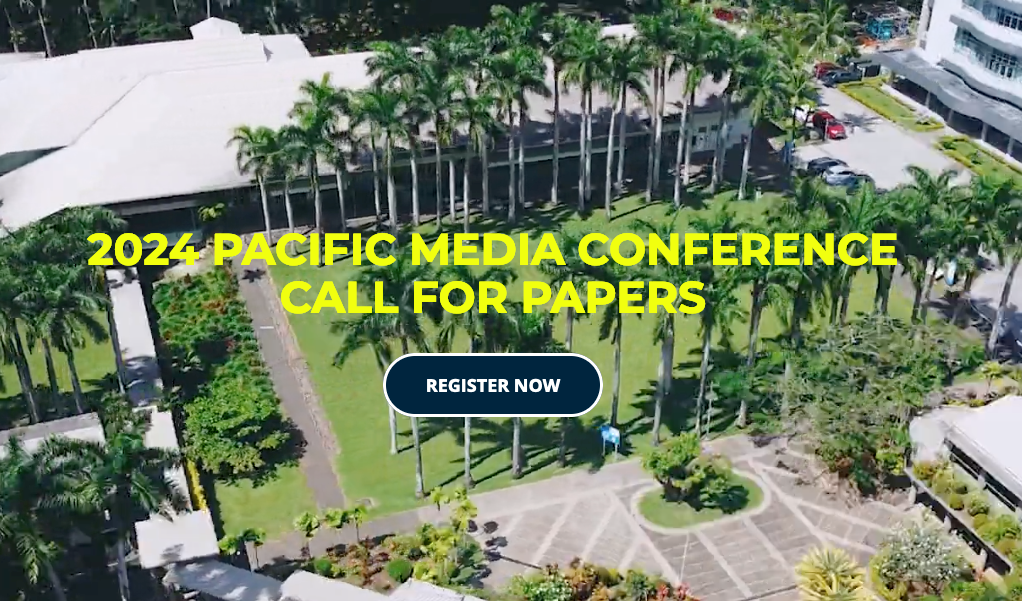‘Four Worlds’ news values revisited: A deliberative journalism paradigm for Pacific media
Abstract
South Pacific media face a challenge of developing forms of journalism that contribute to the national ethos by mobilising change from passive communities to those seeking change. Instead of the news values that have often led international media to exclude a range of perspectives, such a notion would promote deliberation by journalists to enable the participation of all community stakeholders, ‘including the minorities, the marginalised, the disadvantaged and even those deemed as “deviant’” (Romano, 2010). Critical deliberative journalism is issue-based and includes diverse and even unpopular views about the community good and encourages an expression of plurality. In a Pacific context, this resonates more with news media in some developed countries that have a free but conflicted press such as in India, Indonesia and the Philippines. This has far more relevance in the Pacific than a monocultural ‘Western’ news model as typified by Australia and New Zealand. Early in the millennium, this author examined notions of the Fourth Estate in the South Pacific. These were applied through a ‘Four Worlds’ news values prism in the global South that included the status of Indigenous minorities in dominant nation states (Robie, 2001, 2004, 2005, 2009b). This article explores how that has been modified over the past decade and its implications for media and democracy in the Pacific.Downloads
Metrics

Copyright (c) 2013 David Robie

This work is licensed under a Creative Commons Attribution-NonCommercial 4.0 International License.















